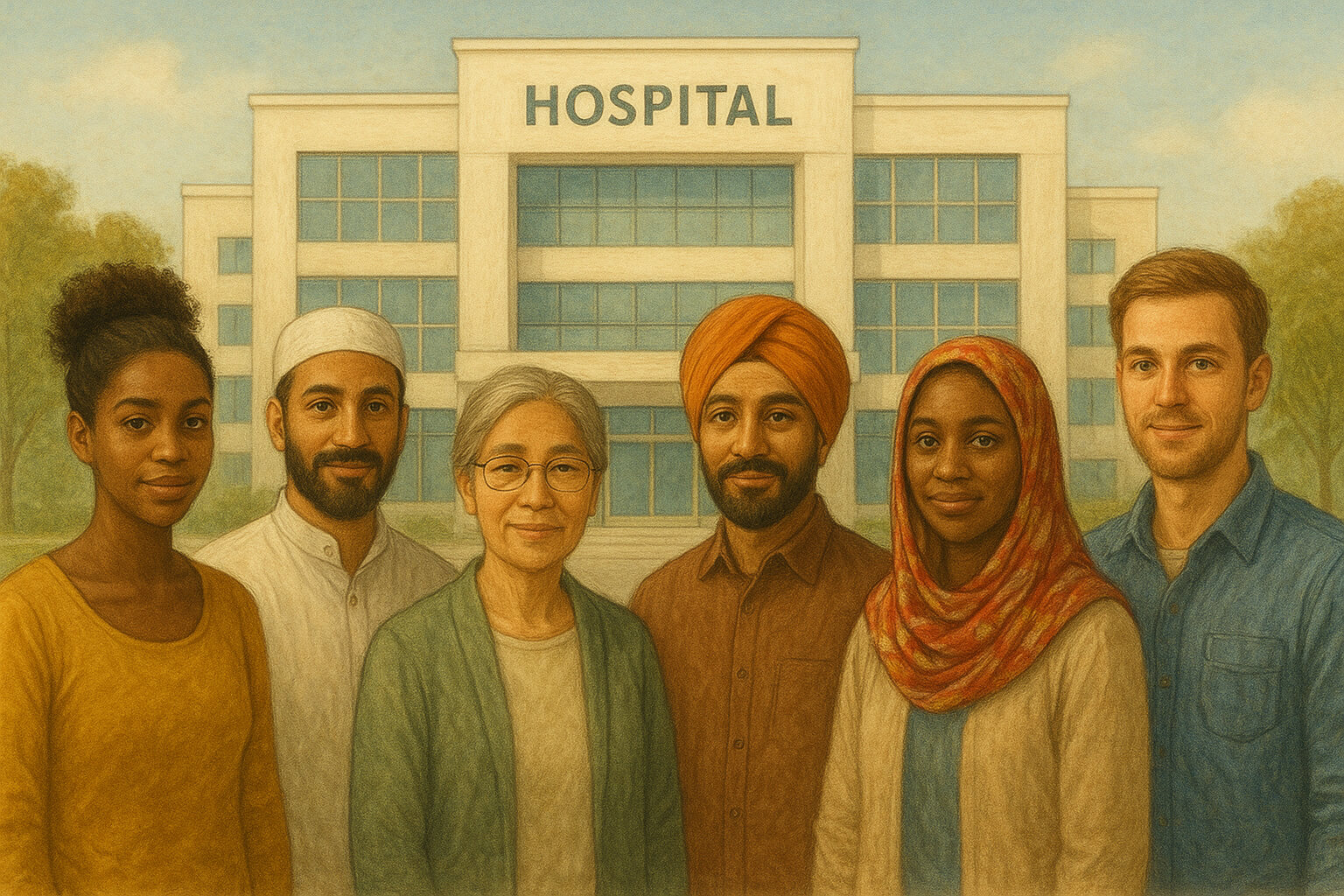September 01, 2025

Access to healthcare is not a privilege—it is a fundamental human right. Regardless of race, income, gender, or geography, every individual deserves the opportunity to live a healthy life supported by timely, affordable, and quality medical care. Yet, in both developing and developed nations, barriers persist—leading to preventable illness, prolonged suffering, and deepened social inequities.
The World Health Organization (WHO) asserts that the right to health includes access to timely, acceptable, and affordable healthcare of appropriate quality. This principle is enshrined in international declarations like:
Despite these global commitments, half of the world’s population still lacks full coverage of essential health services, according to WHO. The gap between legal rights and lived realities remains vast.
Related: Learn how support systems for caregivers help ensure health equity across communities, especially among aging and disabled populations.
Barriers to healthcare access vary by region but often include:
Health equity begins with knowledge. Empowering individuals to understand their rights, ask informed questions, and seek preventative care can dramatically improve health outcomes.
Organizations like Amnesty International advocate for health as a human rights issue, pressuring governments to prioritize universal coverage.
Related: Explore how mental health awareness campaigns reduce stigma and promote early intervention.
To close the healthcare access gap, society must invest in sustainable systems that serve everyone—not just the wealthy or urban populations. Here are a few proven strategies:
The United Nations Sustainable Development Goal 3 calls for universal health coverage and the elimination of major diseases by 2030. It focuses on:
However, progress is uneven. Political will, funding, and public engagement are critical to meeting these global benchmarks.
Related: Refugee livelihood support plays a direct role in improving health outcomes among displaced populations.
Access to healthcare should not depend on where you live or how much money you make. It is a universal right that demands collective action.
For stories of resilience and empowerment, read The Impact of Chronic Illness: Stories of Strength
Healthcare is not a commodity—it’s a cornerstone of dignity and equity. Whether you're a policymaker, educator, healthcare worker, or patient, you have a role in defending the right to health for all.
By working together to eliminate barriers, raise awareness, and champion equity, we can build systems that serve everyone—not just the few.
Let’s turn the promise of healthcare for all into a reality.
Stay up to date with the latest tips, expert insights, product reviews, and step-by-step guides to help you grow, create, and succeed—no matter your industry or passion.